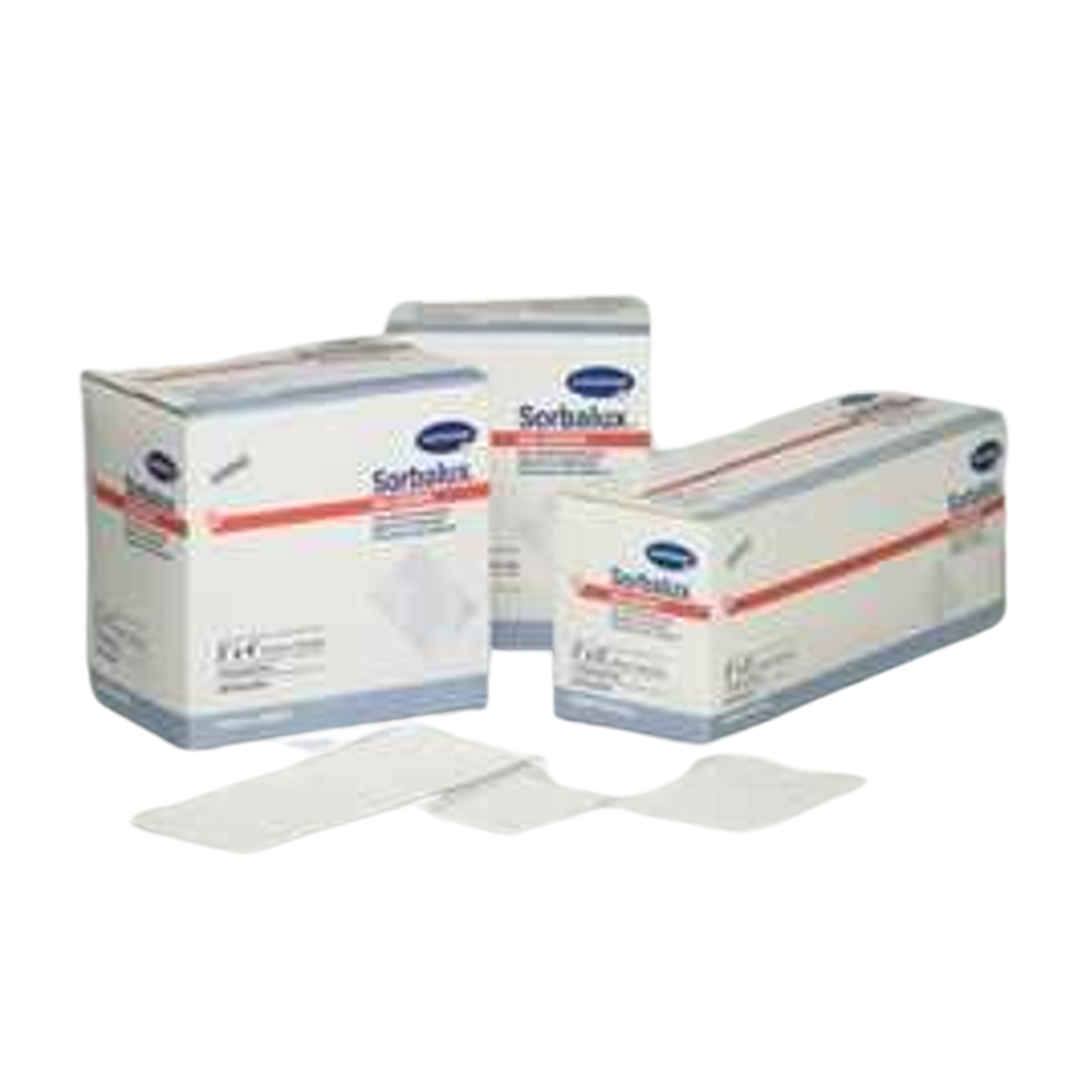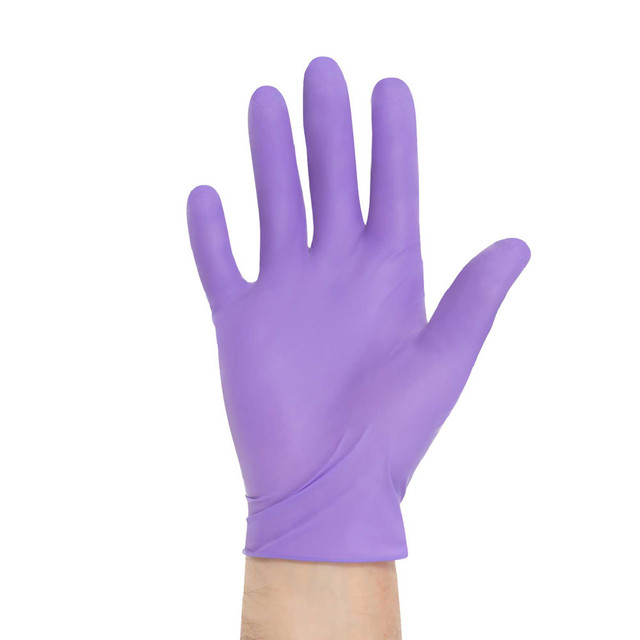December 19, 2024
Essential Wound Care Supplies for Every Home
Accidents happen when we least expect them. From minor scrapes to more serious injuries, having a well-stocked wound care kit at home is crucial for providing immediate treatment and preventing infections.
1. Adhesive Bandages
Adhesive bandages are a must-have for covering minor cuts and abrasions. They protect wounds from dirt and bacteria while promoting faster healing. Stock a variety of sizes, from fingertips to larger bandages, to cover different areas of the body.
Product recommendations:
2. Sterile Gauze Pads and Rolls
For larger wounds or those that require extra protection, sterile gauze pads and rolls are indispensable. These are ideal for cleaning wounds, absorbing excess blood, and providing a cushion to reduce irritation.
Product recommendations:
3. Antiseptic Solutions and Wipes
Cleaning a wound thoroughly is the first step to preventing infection. Keep antiseptic wipes or solutions like hydrogen peroxide, iodine, or alcohol wipes in your kit to disinfect wounds quickly.
Product recommendations:
4. Medical Tape
Medical tape is essential for securing gauze and dressings in place. Opt for hypoallergenic or waterproof options to ensure the tape adheres comfortably without irritating the skin.
Product recommendations:
5. Antibiotic Ointments and Creams
Antibiotic ointments like Neosporin can help prevent infections and speed up the healing process. Apply a thin layer before dressing the wound for maximum protection.
Product recommendations:
6. Scissors and Tweezers
A pair of clean, sharp scissors is necessary for cutting gauze or tape, while tweezers can help remove splinters, glass shards, or other debris from wounds. Choose stainless steel tools for durability and easy sterilization.
Product recommendations:
7. Non-Adherent Dressings
Non-adherent dressings prevent wounds from sticking to the bandage, reducing pain during dressing changes. These are especially helpful for burns and sensitive injuries.
Product recommendations:
8. Disposable Gloves
Maintaining hygiene is critical when handling wounds. Disposable gloves reduce the risk of contamination and keep the treatment area sterile. Nitrile gloves are a great option for those with latex allergies.
Product recommendations:
9. First Aid Manual
A first aid manual or guide can be a lifesaver, especially during emergencies. It provides step-by-step instructions for treating wounds and managing different injury types.
10. Ice Packs
Cold therapy is beneficial for reducing swelling, bruising, and pain. Instant ice packs that don’t require freezing are convenient for any first aid kit.
Product recommendations:
How to Take Care of Wounds
- Wash Your Hands: Clean your hands thoroughly to prevent infection.
- Stop the Bleeding: Apply gentle pressure with a clean cloth or bandage.
- Clean the Wound: Rinse with clean water and use mild soap around the area. Avoid harsh scrubbing.
- Apply an Antiseptic: Use an antiseptic cream or solution to prevent infection.
- Cover the Wound: Use a sterile bandage or dressing to protect it.
- Change Dressings Daily: Replace the bandage regularly or if it becomes wet or dirty.
- Watch for Infection: Check for redness, swelling, or discharge. Consult a healthcare provider if needed.
- Keep It Dry: Avoid soaking the wound in water to allow it to heal.
- Follow Medical Advice: For deep or severe wounds, seek professional care.
Why Every Home Needs a Wound Care Kit
Having these wound care supplies readily available can make all the difference in responding to accidents promptly and effectively. They not only help minimize the risk of infections but also ensure faster recovery. Additionally, being prepared gives you peace of mind knowing you can handle unexpected situations with confidence.
Get Your Wound Care Supplies Today!
Don’t wait until an emergency strikes—stock up on these essential wound care supplies for your home. SHOP NOW for high-quality wound care supplies that keep you and your loved ones safe and prepared.
Plus, when you shop with Hey Med Supplies, you can join our loyalty program to earn points and save on every purchase! Start building your kit now while enjoying exclusive rewards. CLICK HERE for the step-by-step guide.
Need help choosing the right products? Call us at 301-288-5988 today!










